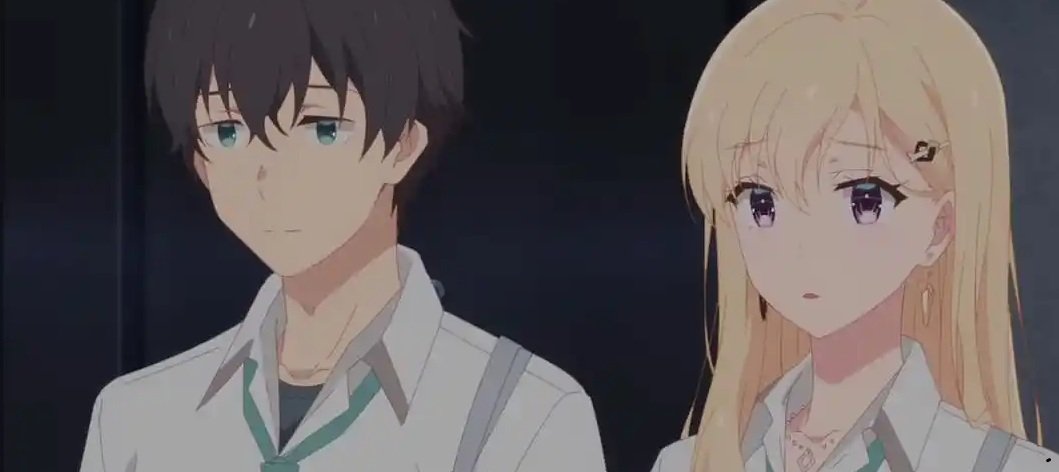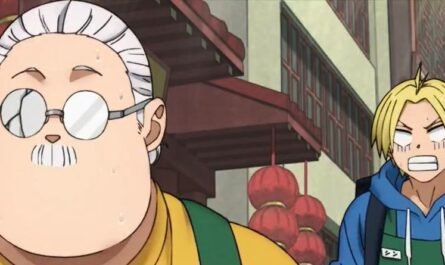In the summer of 2024, anime based on light novels gained great popularity. In Japan, the most talked-about shows were the second season of ” Oshi no Ko, ” “Alya-san, the girl next to me, who sometimes whispers in Russian,” and “There are too many losing heroines!”. However, looking overseas, it is somewhat different from Japan, with “There are too many losing heroines!” and “Stepsister Life” competing for the top spot in popularity.
There are too many losing heroines!” and “Stepsister Life” have in common that they shine with their unique, live-action direction that is not found in other works. Although the way the heroines are portrayed and the sense of tempo are opposites, both are “directed with pictures.” Interestingly, the two works have received high praise at home and abroad. In this article, we will introduce the direction of these two works and their similarities while analyzing the changes in the evaluation and depiction of anime in recent years.
“There are too many losing heroines!” pursues a realistic line. “There are too many losing heroines!” What is unique about “There Are Too Many Losing Heroines!” is that there are almost no explanatory lines, and each cut shows just the amount of information. Excessive explanatory lines inevitably become redundant, but “There Are Too Many Losing Heroines!” does not, and the story progresses quickly. In the first episode, there is a scene where the heroine, Anna Yanami, and her friends go down the stairs, and then the camera turns around and faces the hallway.
This camera technique is often seen in live-action works, but using it in anime requires much effort in the drawing. It is also interesting to see the differences in how shadows are applied to each character. In this work, even in indoor scenes, the brightness and color of shadows are different for bright and dark places, as well as for Hinata and the clubroom. The location scouting was also very particular, and the scenery of Toyohashi City, Aichi Prefecture, depicted in the anime is very similar to the actual scenery. Also, in episode 9, there was a staff member called ” Himemiya Karen Bust Coordinator, “and even the movement of her breasts was drawn with great attention to detail (※)
“Fixed camera”-like production that enhances the resolution of “Stepsister Life.” “Stepsister Life” is intentionally slow-paced, unlike “Too Many Losing Heroines!”, which has a fast-paced story. “Stepsister Life” depicts the relationship between two step-siblings who became step-siblings after their parents remarried.
The production incorporates a technique that carefully shows the small changes in their relationship. Many scenes have the same composition and layout layered over, making it feel as if the two are being watched through a “fixed-point camera.” Another feature is that it also captures the smallest of everyday actions. In the first episode, the heroine, Saki Ayase, must find the light switch in her new house and accidentally turn on the light in the hallway.
The changes in the relationship between the two and their humanity are carefully depicted to the point that some people may find it boring, but this technique pays off later. For example, in the third episode, the heroine’s perspective is depicted for the first time in a diary-style monologue. Here, the story’s resolution increases, and everything carefully built up explodes. If you stopped watching halfway through, this is a scene that I would like you to see. In romantic comedies and school-themed works, things become more apparent as the characters’ feelings accumulate and the interest increases. However, these two works realize a range of interpretations for each viewer through their unique direction and collect information that goes beyond what is directly spoken.
After “godly animation,” is the era of “direction” being evaluated? Since the late 2010s, Japanese anime has been highly praised for so-called “godly animation,” with beautiful and smooth images, as typified by ” Demon Slayer: Kimetsu no Yaiba ” and ” Jujutsu Kaisen .” Other works have also begun to broadcast high-quality animation, which was previously only seen in movies as TV anime.
However, people have become accustomed to “godly animation,” and good animation is now a given and a given. Therefore, we are in an era where godly animation alone is insufficient, and directing is even more highly evaluated. This season, the TV anime “Nigejou no Wakakunin” incorporates live-action footage throughout the production, creating an eeriness and excitement that raises interest in the work.
“Too Many Losing Heroines! “Amamori: Stepsister Life” and “Stepsister Life” pursue live-action realism while making the most of the charm of the original work. These two works have been highly praised at home and abroad because more and more people are looking for realism in anime, and each anime studio is also pursuing a 3D-like realism. The fall 2024 anime season is packed with hot topics, both new and sequels. We want to enjoy the broadcasts by paying attention to the quality of the artwork and story and the directing that each work incorporates.











